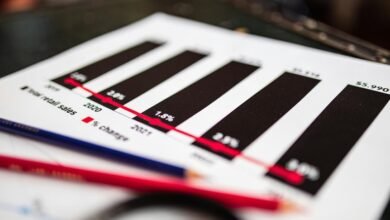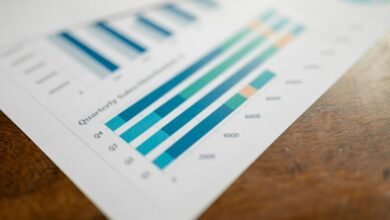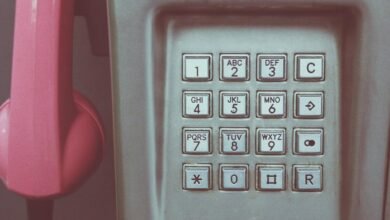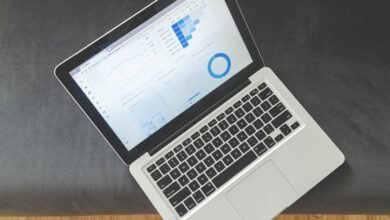Who Called Me From 3307757328, 3307895128, 3309133963, 3309616815, 3323222559, and 3323781074? Verify Now
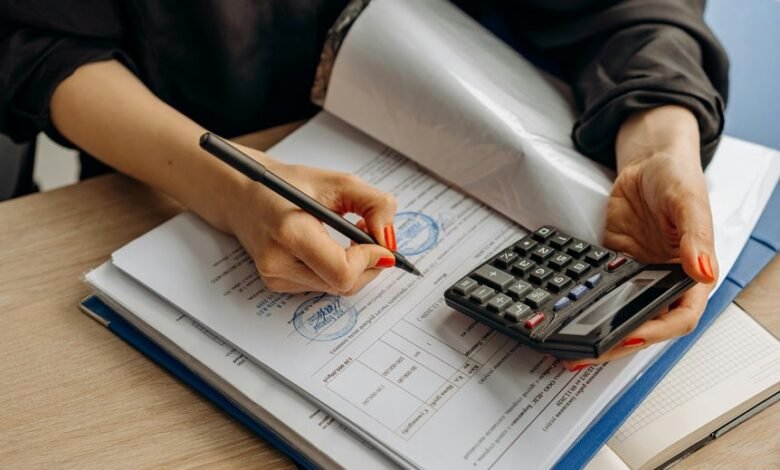
Calls from numbers such as 3307757328, 3307895128, 3309133963, 3309616815, 3323222559, and 3323781074 warrant scrutiny. Understanding the identity behind these calls is crucial for personal security. Utilizing caller identification tools can reveal essential information about these unknown contacts. However, the implications of responding to such calls remain significant. What actions should one take to ensure safety and proper reporting? The answers may surprise you.
Identifying the Callers Behind the Numbers
How can one ascertain the identity of unknown callers? Various caller identification methods exist, including advanced phone number lookup services that provide detailed information.
Utilizing these tools, individuals can reveal the caller’s name, location, and even associated businesses. Such techniques empower users to make informed decisions about answering calls, enhancing personal security and promoting autonomy in communication practices.
Tips for Handling Unknown Calls
After employing caller identification methods to ascertain the identity of unknown callers, individuals may still face uncertainty about how to respond.
Implementing call screening techniques, such as letting unfamiliar calls go to voicemail, allows for better assessment.
Prioritizing caller verification through online resources can further enhance safety, enabling individuals to make informed decisions without compromising their personal freedom or security.
Reporting Spam and Scam Calls
Reporting spam and scam calls is essential for maintaining a secure communication environment.
Effective spam call prevention relies on individuals understanding and following reporting procedures. Users should document the call details and utilize available platforms to report incidents to authorities and telecom providers.
This collective action aids in identifying patterns, safeguarding personal information, and ultimately diminishing the prevalence of such intrusive communications.
Conclusion
In an age where rogue callers proliferate like weeds in a neglected garden, the imperative to identify suspicious numbers cannot be overstated. The digits 3307757328, 3307895128, 3309133963, 3309616815, 3323222559, and 3323781074 may harbor the insidious intent of scams or harassment. By employing caller identification tools and diligently reporting any nefarious attempts, individuals can safeguard their personal realm, transforming uncertainty into empowerment and thwarting the relentless tide of unsolicited communications.

